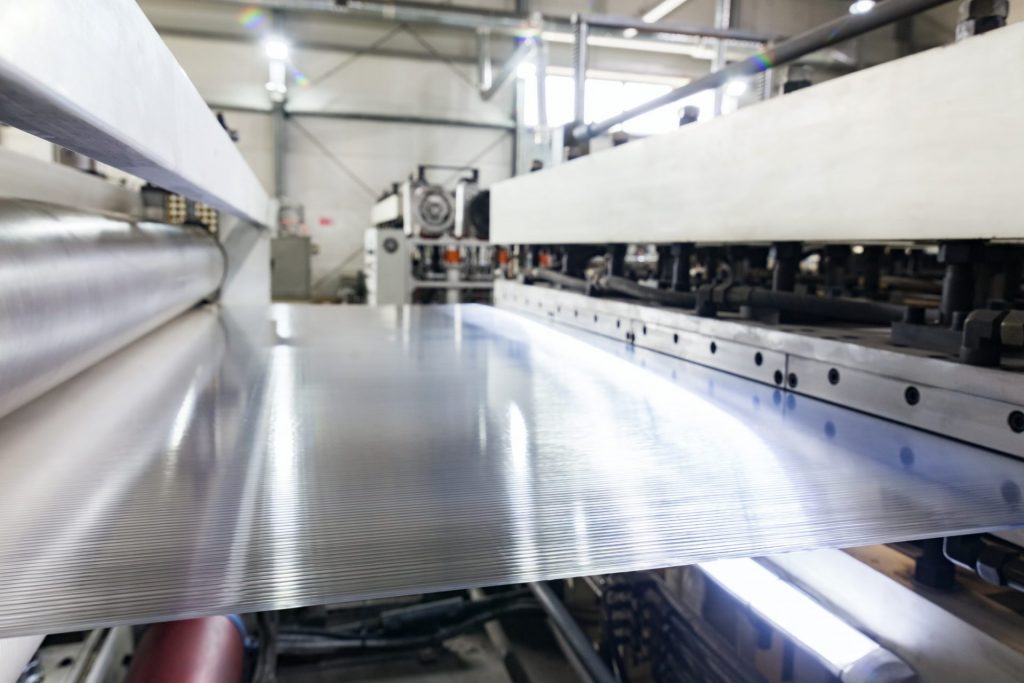Polycarbonate is a thermoplastic (a substance that becomes plastic when heated and hardens when cooled) that has found a home as one of the most multipurpose plastics available on the market.
From the case you trust to protect your cellphone to the translucent panels adorning model homes, polycarbonate is used across industries for a reason – strength. It is easily worked, molded, and thermoformed, making it a great material for so many applications.
Regardless of the work you do, the reason polycarbonate might matter to you is because it is:
- Impact resistant and shatterproof
- Resistant to high heat (138°C or 280°F) and low temperatures (-40°C or -40°F)
- Stain resistant
- Energy efficient
- Stable
Here are our answers to some of the most common questions we receive about polycarbonates.
Is polycarbonate a plastic?
Yes, they are. Polycarbonates (also called PC plastics) are a thermoplastic. Thermoplastics are a type of plastic, but not all plastics are thermoplastics.
Thermoplastics, unlike thermoset plastics, can be recycled by being reheated past a certain temperature. Polycarbonate is highly heat-resistant, but it can still be recycled into new products by being heated to its boiling point.
Thermoset plastics are cured, and once set they cannot be reformed. Each has its own properties and benefits, but polycarbonates are certainly stronger and more eco-friendly.
What is polycarbonate used for?
The uses for polycarbonates are nearly endless, that’s why it is so ubiquitous in manufacturing.
There are a few properties that make polycarbonates an ideal solution:
- It is exceptionally durable and impact resistant
- It can be translucent or coloured
- It is easily cut and shaped
- Stain resistant
- Lightweight
- Electrically insulating
For these reasons, you’ll find polycarbonates used in consumer electronics, architecture, DIY projects, eye protection and glasses, medical devices, and many other places.
Polycarbonates have become the material of choice for constructing awnings and overhead coverings in commercial settings because it can let light in while blocking UV rays.
Is polycarbonate unbreakable?
While it is a very strong material able to withstand an incredible amount of pressure, it can be broken.
Polycarbonates tensile strength is typically between 9000 and 10,000psi. That means most types of polycarbonate could support two average weight SUVs stacked atop one another, balanced on a 1” by 1” piece of plastic.
Why does polycarbonate turn yellow?
Polycarbonates can be treated so that they will not yellow. If left untreated, UV rays can damage the outermost layer of the material leading to yellowing. This happens because the UV rays cause the polycarbonate molecules to lose a small amount of their strength over time, causing it to discolour.
A thin layer of UV protection will ensure that polycarbonates exposed to UV rays maintain their original colour.
How to work with polycarbonate plastics
Polycarbonate sheets are generally easy to work with. Most wood tools are suitable for work on polycarbonates, provided they are kept sharp and in good repair. That also means most power tools and drill bits will be useful for working with polycarbonates.
It can be machined, routed, and sawed similarly to wood. However, laser cutting may not be advised, since it will likely cause internal stress and leave a cut with a burned appearance.
Conclusion
As you go about your day, have a look around and see if you can spot polycarbonates in use. They are commonly found in architecture and consumer products, so you shouldn’t have to go far to find PC plastics in action.

